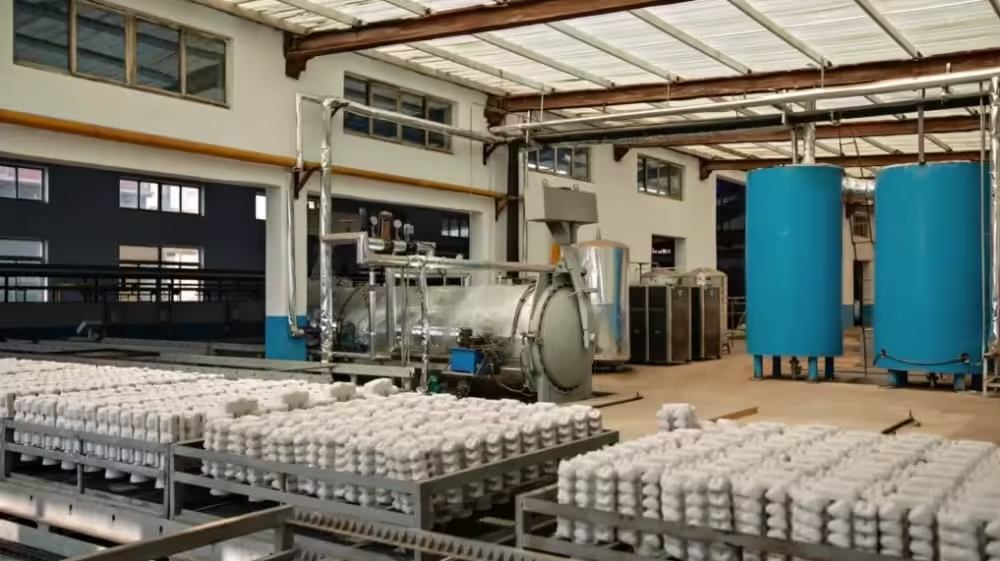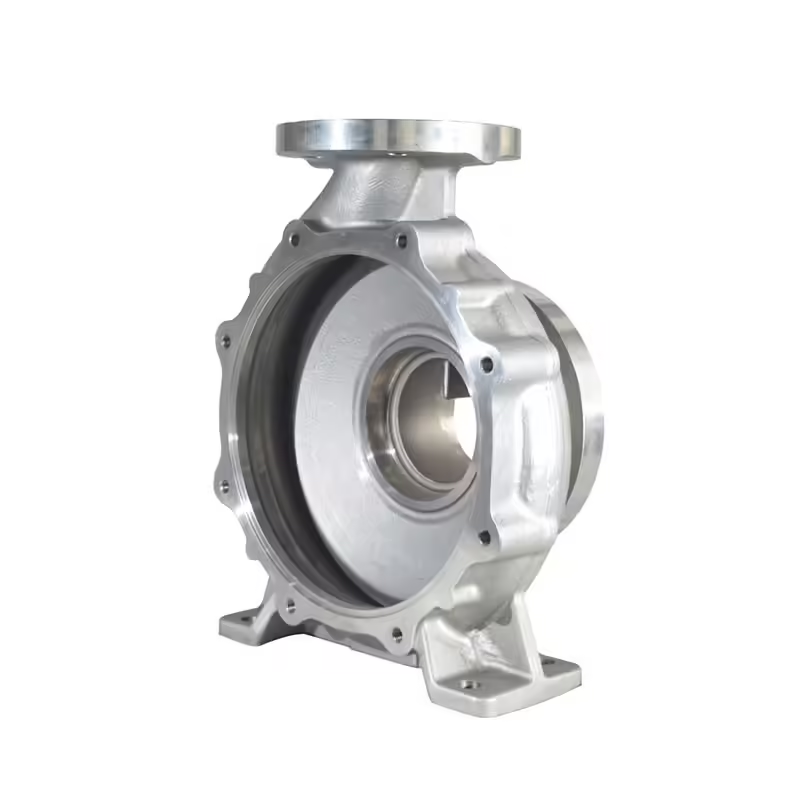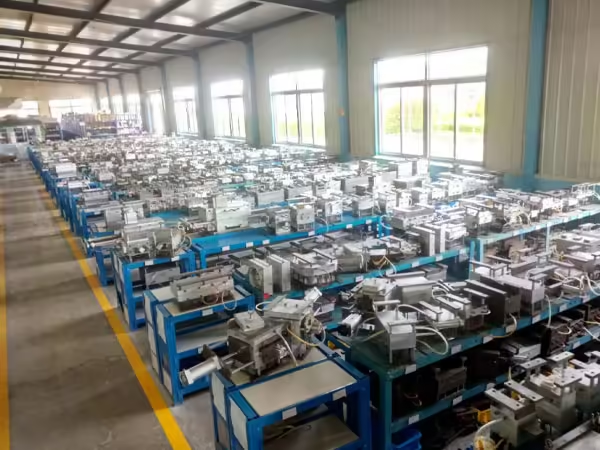7 Powerful Super Duplex Stainless Steel Applications in Valves
Welcome to My Blog!
I’m thrilled to have you here! Before we dive into the content, I’d love for you to join me on my social media platforms. It’s where I share extra insights, connect with our amazing community, and keep you updated on the latest news. Here’s how you can stay connected:
📘 Facebook: Shanghai Leierwo Industry Trade Co., Ltd.
Now, let’s embark on this journey together! I hope you find the content here not only insightful but also inspiring and valuable. Let’s get started!
Table of Contents
Introduction

As industries demand higher performance, better corrosion resistance, and longer component lifespans, the importance of selecting the right material for valve manufacturing becomes increasingly critical. In this context, super duplex stainless steel has emerged as one of the most powerful materials for valve applications. Its high strength, exceptional resistance to pitting and crevice corrosion, and balanced microstructure make it an ideal choice for demanding environments such as offshore drilling, desalination, and chemical processing.
This blog delves into seven impactful ways super duplex stainless steel is applied in valves across various industries. With detailed examples and a performance comparison table, you’ll gain a comprehensive understanding of why this alloy outperforms many conventional materials.
The Metallurgical Advantage of Super Duplex Stainless Steel
Super duplex stainless steel is a combination of austenitic and ferritic stainless steel structures. This dual-phase composition gives it unique properties:
- Higher yield strength than austenitic stainless steel
- Excellent stress corrosion cracking resistance
- Superior pitting resistance equivalent number (PREN), often above 40
- Enhanced weldability and durability
In the valve industry, these attributes are particularly valuable. Components made from this material can endure harsh environments while reducing the need for frequent replacements, thus lowering maintenance costs and system downtime.
Application 1: Subsea Ball Valves in Offshore Oil and Gas
One of the most demanding uses of super duplex stainless steel is in subsea ball valves. These valves must withstand extreme pressures, corrosive seawater, and high temperatures.
Super duplex stainless steel provides the necessary mechanical strength and corrosion resistance required in these applications. It minimizes the risk of pitting and crevice corrosion, even in high chloride environments, making it a preferred material for deepwater equipment.
Application 2: Gate Valves in Chemical Processing Plants
Chemical plants often involve the use of aggressive media, including acids and chlorides, which can quickly degrade standard materials. Gate valves manufactured from super duplex stainless steel resist corrosion and material degradation under these conditions.
This material also reduces the likelihood of stress corrosion cracking, a common problem in chloride-containing environments. As a result, valve performance remains stable even after extended exposure to chemical agents.
Application 3: Control Valves in Desalination Facilities
In desalination plants, control valves are exposed to constant flow of highly saline water. The superior corrosion resistance of super duplex stainless steel makes it ideal for such scenarios.
Compared to standard stainless steel, this alloy can handle the saline conditions without forming rust or leaks. Its long-term performance ensures consistent water quality and system efficiency.
Application 4: Check Valves in Power Generation


Power generation environments often involve high temperatures and pressures. Check valves made from super duplex stainless steel offer reliable performance under these conditions.
Its high tensile and yield strength allows it to resist deformation, while the dual-phase structure ensures excellent fatigue resistance. This makes it suitable for both nuclear and fossil-fuel-based power stations.
Application 5: Plug Valves in Marine Engineering
Marine engineering systems, including shipbuilding and offshore structures, rely on durable valve materials to function effectively in saltwater environments. Plug valves made from super duplex stainless steel ensure reliable performance against salt-induced corrosion.
The resistance to galvanic corrosion also makes it compatible with other materials used in marine applications, extending the life of the entire system.
Application 6: Butterfly Valves in Mining Operations
Mining operations often involve the movement of abrasive slurries and chemicals. Butterfly valves manufactured from super duplex stainless steel withstand both mechanical wear and chemical attack.
This application benefits from the alloy’s hardness and corrosion resistance, especially in valves that must remain operational for extended periods without servicing.
Application 7: Globe Valves in Pulp and Paper Industry

The pulp and paper industry uses a range of chemicals in processes like bleaching and pulping. Globe valves made from super duplex stainless steel can resist both acidic and basic solutions, ensuring long service life.
This reduces the frequency of valve replacement and lowers overall maintenance costs, especially in continuous processing environments.
Performance Comparison Table: Valve Materials in Harsh Conditions
| Valve Type | Common Material | Super Duplex Stainless Steel | Benefits of Upgrade |
|---|---|---|---|
| Ball Valve | 316 Stainless Steel | Yes | Higher pressure and corrosion resistance |
| Gate Valve | Carbon Steel | Yes | Improved chemical compatibility and durability |
| Control Valve | Duplex Stainless Steel | Yes | Enhanced resistance to seawater and salinity |
| Check Valve | Cast Iron | Yes | Extended fatigue life and pressure tolerance |
| Plug Valve | Bronze | Yes | Better corrosion resistance in marine settings |
| Butterfly Valve | PVC | Yes | Long-term abrasion and chemical resistance |
| Globe Valve | 304 Stainless Steel | Yes | Withstands wide pH ranges in pulp processes |
Conclusion
Super duplex stainless steel is revolutionizing how valves are designed and deployed across various industries. Its unparalleled combination of mechanical strength, corrosion resistance, and lifecycle value makes it a top-tier material for high-performance valve systems.
As industries move toward longer-lasting and more sustainable infrastructure, materials like super duplex stainless steel will become essential. From offshore drilling to chemical processing, its role will only expand as systems evolve and performance standards rise.
Understanding the specific advantages in each application helps engineers and decision-makers choose wisely, ensuring optimal valve function and reduced total cost of ownership.
FAQ
What makes super duplex stainless steel better for valves?
Its dual-phase structure offers a balance of strength and corrosion resistance, outperforming many standard materials in harsh environments.
Is super duplex stainless steel more expensive?
While initial material costs are higher, the extended lifespan and reduced maintenance make it cost-effective in the long run.
Can I replace standard valves with super duplex ones?
Yes, in most cases, super duplex valves can be used as direct replacements if size and pressure ratings match.
How does it handle high-chloride environments?
It offers excellent pitting and crevice corrosion resistance, making it ideal for seawater and saline applications.
Are there limitations to using super duplex stainless steel in valves?
It can be sensitive to heat during welding, requiring skilled fabrication techniques, but these challenges are manageable with proper practices.
Product Categories
- Valve Parts
- Water Pump Parts
- Bearing Box Parts
- Die Casting Parts
- Stainless Steel Pump Products
- Cast Iron Pump Products
- Valve Parts For Automobile Use
- Auto Parts
- Valve Parts For Civil Use
- Vacuum Pump Parts KF

